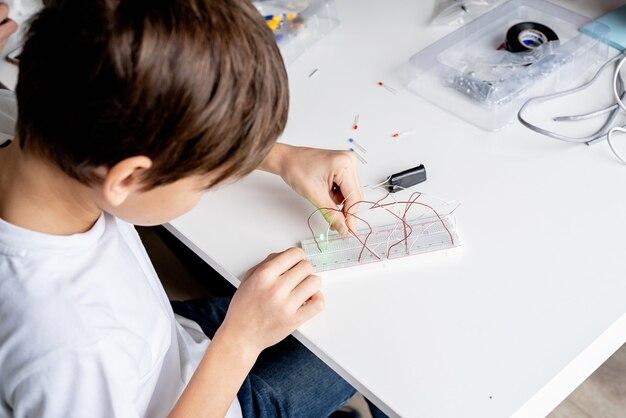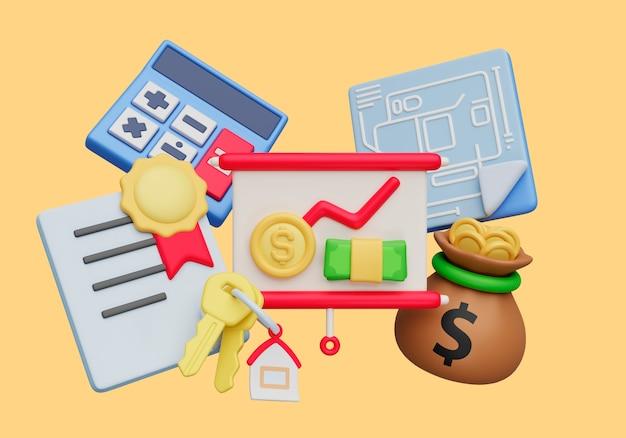Are you someone who struggles to sit still during long lectures or finds it difficult to retain information without actively engaging with your surroundings? If so, you might be a kinesthetic learner – someone who learns best through physical movement and hands-on experiences.
In this blog post, we’ll explore the concept of kinesthetic learning and provide examples to help you identify if this learning style resonates with you or someone you know. We’ll also delve into the characteristics of kinesthetic learners and discuss strategies for incorporating kinesthetic learning techniques in the classroom.
So, if you’re ready to discover how movement can enhance your learning experience and unlock your full potential, let’s dive into the world of kinesthetic learning!

What are examples of kinesthetic learning
Do you find yourself fidgeting and tapping your foot when you’re trying to learn something new? Well, my friend, you might be a kinesthetic learner! Kinesthetic learning is all about using movement and physical activities to help you understand and retain information. In this subsection, we’ll explore some fantastic examples of kinesthetic learning that will get you up and moving!
1. Role-Playing
Forget about sitting at a desk and passively absorbing information. Kinesthetic learners thrive when they can actively engage in the learning process. One great example of kinesthetic learning is through role-playing. Whether it’s reenacting a historical event or acting out a scene from a book, stepping into different roles allows you to experience the subject matter firsthand.
2. Hands-On Experiments
Who said science has to be boring? Kinesthetic learners excel when they can get their hands dirty, quite literally. Conducting hands-on experiments is a perfect way to engage your senses and truly understand scientific concepts. So, grab those lab goggles and start mixing chemicals or building that baking soda volcano!
3. Dance it Out
Do you secretly wish you were a backup dancer? Well, kinesthetic learning can turn that dream into a reality! Dancing is not only a fun way to express yourself but also a powerful kinesthetic learning tool. Whether you’re learning about culture or even mathematical patterns, incorporating dance moves into your learning process can make it more enjoyable and memorable.
4. Sensory Learning
Kinesthetic learners are often highly responsive to sensory experiences. Incorporating different textures, scents, and sounds into your learning can make it more engaging and memorable. For example, if you’re learning about different types of fabric, spend some time feeling and observing different materials. You’ll be surprised how much you can learn simply by using your senses!
5. Gamify Your Learning
Who says learning can’t be fun? Kinesthetic learners thrive when they can turn their studies into a game. Incorporate physical activities like hopping, jumping, or throwing a ball into your learning routine. For example, try using flashcards and do a physical activity every time you get an answer right. Not only will it keep you entertained, but it will also help you retain information better.
Learning doesn’t have to be a sedentary activity. For kinesthetic learners, the key to unlocking knowledge lies in movement and physical engagement. So, whether you’re role-playing, dancing, conducting experiments, or gamifying your learning, embrace the power of kinesthetic learning and watch yourself flourish!

FAQ: What are Examples of Kinesthetic Learning
Curious about kinesthetic learning and how it works? You’ve come to the right place! We’ve rounded up all the frequently asked questions about this unique learning style and provided you with entertaining and informative answers. So, grab a seat (or not, if you’re a kinesthetic learner) and let’s dive in!
What is Meant by Learning Style
Learning style refers to the preferred method of acquiring knowledge and understanding. It’s the way in which individuals process information, engage with content, and absorb new concepts. Everyone has their own unique learning style, and understanding yours can significantly enhance your educational experience.
What is an Example of Kinesthesia
Kinesthesia, also known as kinesthetic learning, is one of the various learning styles identified by psychologists. It refers to learning through physical movement, touch, and hands-on experiences. A prime example of kinesthetic learning is someone who learns to ride a bike by getting on it and pedaling, rather than reading a manual or watching someone else do it.
How Do Kinesthetic Learners Learn
Kinesthetic learners thrive on movement and physical activities. They learn best when they can engage their senses by touching, feeling, and manipulating objects. These learners excel when given the opportunity to participate in hands-on experiments, role-playing activities, and interactive projects. For a kinesthetic learner, the classroom becomes a playground for absorbing knowledge.
What are the Two Types of Learning
The two primary types of learning are auditory and visual. While auditory learners absorb information best through spoken words and verbal explanations, visual learners prefer images, graphs, and diagrams to understand concepts. Kinesthetic learning, on the other hand, is all about movement and physical engagement with the material.
How Do You Implement Learning Styles in the Classroom
To cater to different learning styles in the classroom, teachers can incorporate a variety of activities. For kinesthetic learners, this may include hands-on experiments, interactive simulations, group projects, and physical games. By connecting classroom content to movement and tangible experiences, teachers can engage kinesthetic learners and enhance their understanding and retention of the material.
What are the Six Types of Learning
According to the VARK model, there are six types of learning: visual, auditory, reading/writing, kinesthetic, multimodal, and social. Each type represents a different way individuals prefer to learn and process information. While some people have a dominant learning style, many individuals exhibit a combination of these styles.
How Do You Use Learning Styles in the Classroom
To effectively use learning styles in the classroom, teachers need to understand their students’ preferences and tailor their lessons accordingly. By incorporating a mix of visual aids, audio recordings, hands-on activities, and collaborative projects, teachers can accommodate various learning styles and create an inclusive learning environment that benefits all students.
What Do Visual Learners Struggle With
Visual learners excel at absorbing information through images and visual aids. However, they may struggle with retaining spoken instructions and may find it challenging to focus in environments with excessive noise or distractions. To support visual learners, teachers can utilize visual aids, diagrams, and written instructions to enhance comprehension and engagement.
What are Examples of Kinesthetic Learning
Kinesthetic learning can manifest in various ways. Some examples include participating in hands-on science experiments, dissecting frogs in biology class, practicing real-life scenarios through role-playing, or using manipulatives like counting blocks to learn math concepts. Engaging in physical activities and interactive simulations is essential for kinesthetic learners to grasp and retain information effectively.
What to Do with Kinesthetic Learners
If you have kinesthetic learners in your classroom, it’s important to provide them with opportunities for movement and physical engagement during lessons. Encourage hands-on activities, implement practical demonstrations, and incorporate interactive technologies whenever possible. By accommodating their unique learning style, you can help kinesthetic learners thrive academically.
How Does the Kinesthetic Sense Work
The kinesthetic sense is what allows us to be aware of our body’s movements and the position of its various parts. This sense is governed by specialized receptors located in muscles, joints, and tendons. It provides us with vital feedback about our body’s position and movements and is crucial for kinesthetic learners, who heavily rely on this sense to comprehend and navigate the world around them.
What are the Characteristics of Kinesthetic Learners
Kinesthetic learners possess certain characteristics that set them apart from other types of learners. They often have high levels of physical energy, prefer hands-on activities, excel in sports or performing arts, and may struggle with passive learning methods like sitting still for long periods. These learners are highly observant and tend to express themselves physically.
How Many Types of Learning are There
There are various models and theories that propose different numbers of learning styles. One well-known model, based on sensory modalities, identifies three primary types: auditory, visual, and kinesthetic. However, other models suggest additional styles, such as reading/writing, multimodal, and social. It’s important to recognize that learning styles exist on a spectrum, and individuals often exhibit a blend of multiple styles.
How Do I Know My Learning Style
Discovering your learning style can be an enlightening process and can significantly enhance your educational journey. To identify your learning style, reflect on how you prefer to engage with content. Do you excel in hands-on activities, or do you find visual aids most helpful? Experiment with different learning approaches and note which methods result in increased understanding and retention. Embrace your unique learning style, and let it guide you towards academic success!
